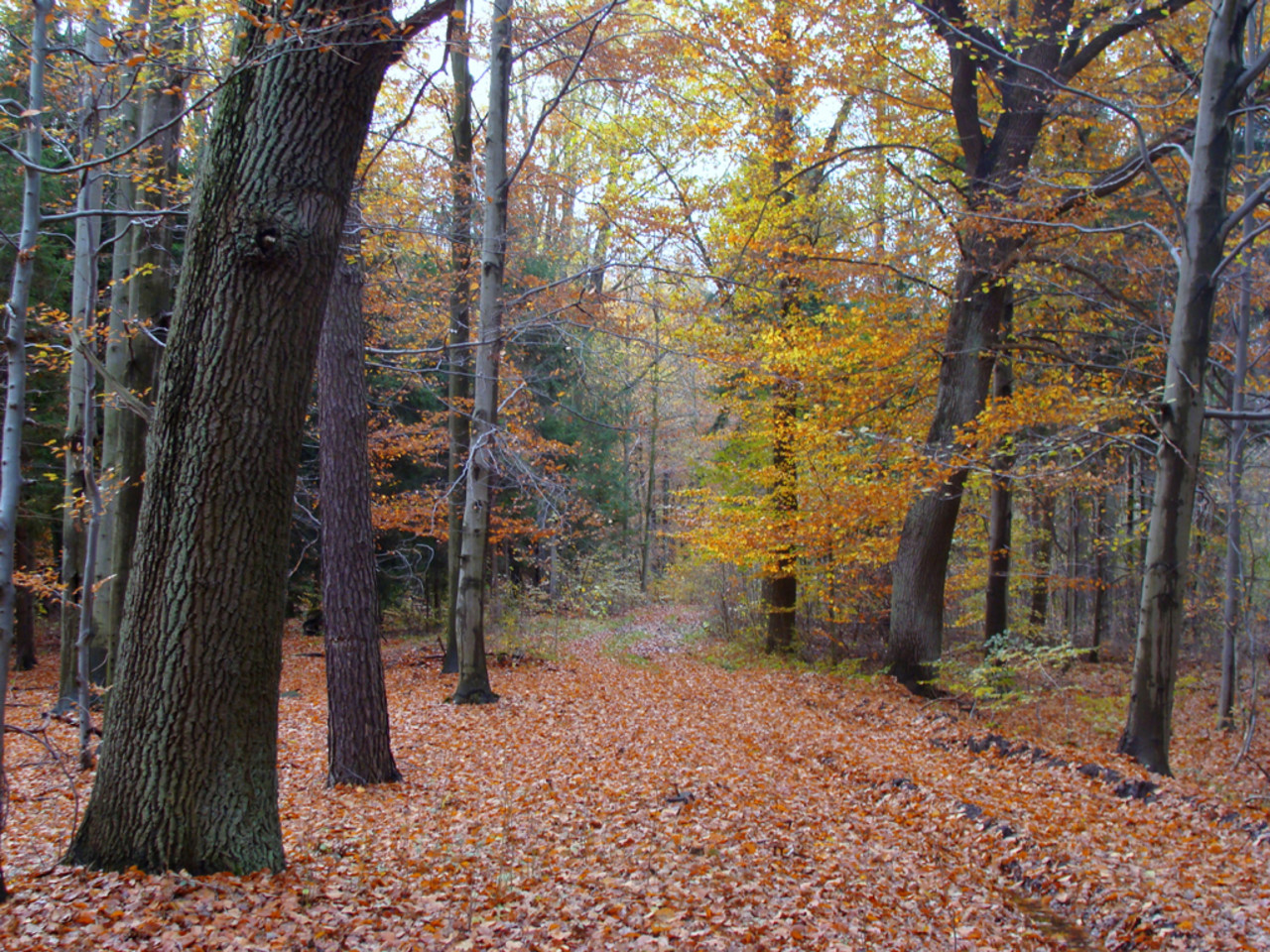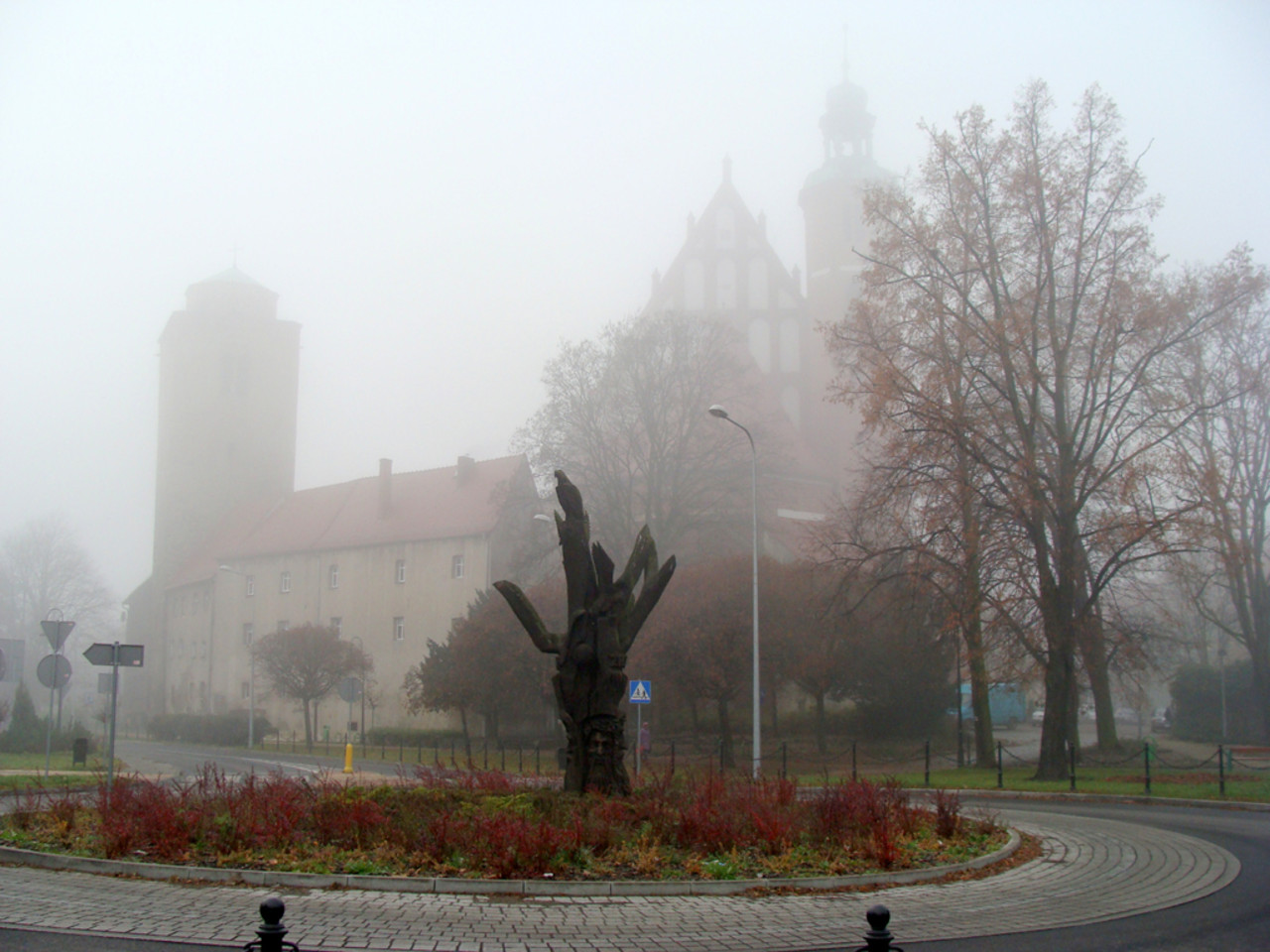Wine Tasting
페이지 정보
작성자 Esmeralda 작성일25-01-19 10:41 조회3회 댓글0건관련링크
본문
Wine Tasting
Is wine tasting formal?
Wine tasting can differ in formality depending on the setting and function of the event. In many cases, it's a informal and pleasant experience, where participants gather to sample and talk about different wines in a relaxed environment. However, there are also formal wine tasting events, often held at wineries, eating places, or during unique gatherings, which can contain structured codecs, guided tastings, and skilled sommeliers main the experience.

The attire and expectations can differ greatly; while some tastings might call for formal dress, others enable for a more informal strategy. Ultimately, whether wine tasting is formal or not depends largely on the context and the targets of the event.
What are the 5 suggestions for wine tasting?
Wine tasting can be a delightful expertise, and OP following some key suggestions can enhance your enjoyment. Here are five ideas:
1. Choose the Right Environment
Find a quiet, comfortable space with good lighting and minimal distractions. This will permit you to fully concentrate on the wine's aromas and flavors.
2. Use Proper Glassware
Utilize appropriate wine glasses that enhance the tasting expertise. A good glass helps focus the aromas and brings out the most effective qualities of the wine.
3. Observe the Wine
Before tasting, take a second to take a look at the wine's color and readability. Swirl the wine gently within the glass to see its viscosity and how it clings to the edges.
4. Smell the Wine
Bring the glass to your nose and inhale deeply. Try to determine the completely different aromas, which may vary from fruity to floral to earthy. This step is essential as a lot of the taste experience comes from scent.
5. Taste with Intention
Take a small sip and let the wine sit in your palate. Pay attention to the flavors, textures, and aftertaste. Reflect on the balance of acidity, sweetness, and tannins.
By following these recommendations, you'll find a way to deepen your appreciation for wines and enjoy your tasting expertise much more.
What's the process of serving and tasting wine?
When serving and tasting wine, it is important to comply with a structured methodology to totally appreciate its qualities. Begin by pouring the wine into a clear glass, ideally one that is shaped to reinforce the wine's aroma.
First, observe the wine by holding the glass in opposition to a white background. Notice its color and clarity, which may provide insights into its age and varietal.
Next, swirl the wine gently within the glass. This helps to launch its aromas. Place your nostril over the rim of the glass and inhale deeply to assess the bouquet. Identify different scents, corresponding to fruit, floral, or earthy notes.

Now, take a small sip of the wine. Allow it to coat your palate earlier than swallowing or spitting. Pay attention to the flavors and how they evolve on your tongue. Consider the wine's physique, acidity, and end, which all contribute to the overall expertise.
Finally, pay attention to your impressions and how the wine compares with others you’ve tasted. This will help refine your palate and improve your future wine tasting experiences.
댓글목록
등록된 댓글이 없습니다.
